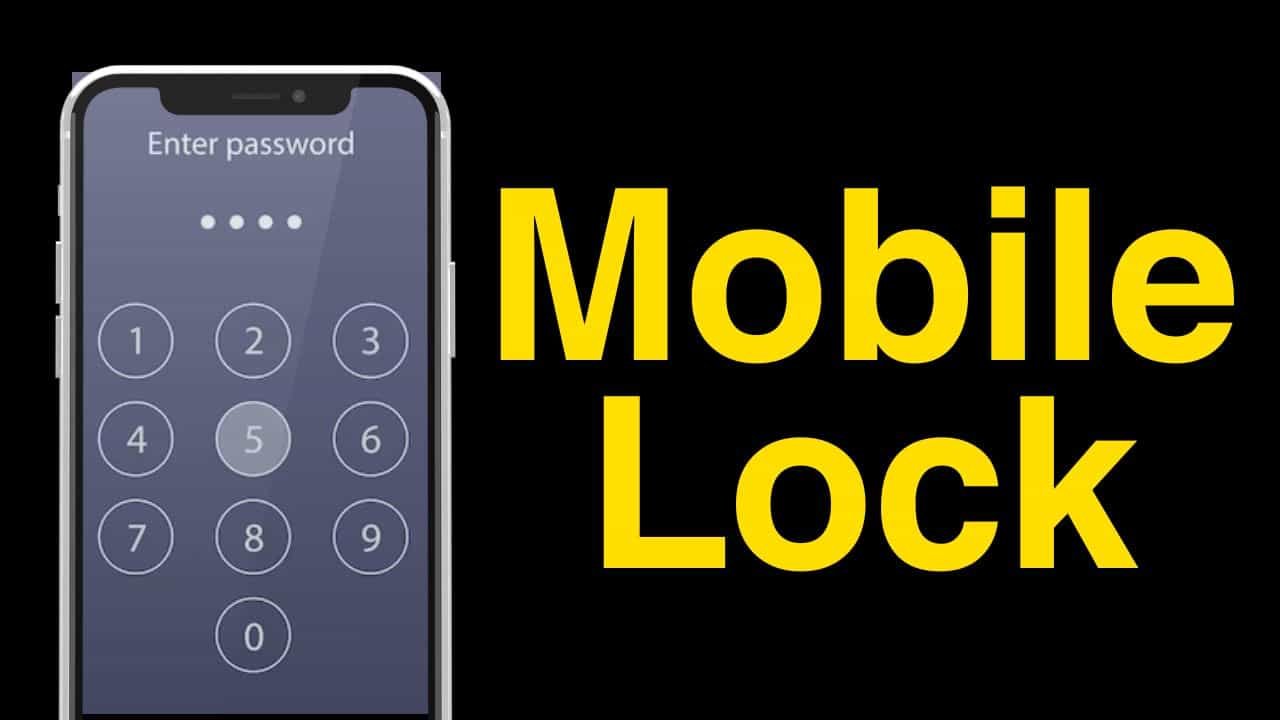Setup Mobile Lock: In today’s digital era, smartphones contain a wealth of personal and sensitive information. From confidential emails to financial transactions, our mobile devices hold a plethora of data that must be protected. Setting up a mobile lock is essential to safeguard this information from unauthorized access. In this detailed guide, we will explore various methods of setting up mobile locks, providing you with the knowledge to fortify your device’s security effortlessly.
Why Importance of Mobile Locks
Before delving into the intricacies of setting up a mobile lock, it’s crucial to understand why it’s necessary. A mobile lock serves as the first line of defence against unauthorized access to your device and its data. With cyber threats on the rise, ranging from identity theft to data breaches, securing your smartphone is imperative. Whether you’re an individual user or a business professional, protecting your sensitive information is paramount in today’s interconnected world.
Mobile Password Finder
Types of Mobile Locks
When setting up a mobile lock, there are several options to choose from, each offering its level of security and convenience. Let's explore some of the most common types:
- PIN (Personal Identification Number): PIN codes are numeric passwords typically ranging from 4 to 6 digits. They are simple to set up and offer basic security against casual intruders. However, it's crucial to choose a PIN that is not easily guessable, such as birthdays or sequential numbers.
- Pattern Lock: Pattern locks require users to draw a specific pattern on a grid of dots to unlock their device. While visually intuitive, pattern locks may be less secure than PINs if the pattern is predictable or easily observed.
- Password: Passwords provide the highest level of security among mobile lock options. They can consist of alphanumeric characters, symbols, and can be of varying lengths. However, complex passwords may be challenging to remember, leading some users to opt for less secure alternatives.
- Biometric Locks: Biometric authentication methods, such as fingerprint scanning and facial recognition, offer a seamless and secure way to unlock your device. These locks leverage unique biological traits to verify the user's identity, significantly reducing the risk of unauthorized access.
Setup Mobile Lock
Now that we've explored the different types of mobile locks let's dive into the step-by-step process of setting them up:
Setting Up a PIN:
- Navigate to your device's Settings menu.
- Select "Security" or "Lock Screen and Security."
- Choose "Screen Lock" or a similar option.
- Select "PIN" as your preferred lock method.
- Follow the on-screen instructions to set your PIN.
- Confirm your PIN to complete the setup process.
Configuring a Pattern Lock:
- Access your device's Settings menu.
- Navigate to "Security" or "Lock Screen and Security."
- Choose "Screen Lock" or a similar option.
- Select "Pattern" as your desired lock method.
- Draw and confirm your unique pattern on the grid.
- Once confirmed, your pattern lock will be activated.
Creating a Password:
- Open your device's Settings menu.
- Go to "Security" or "Lock Screen and Security."
- Select "Screen Lock" or a related option.
- Choose "Password" as your preferred lock type.
- Enter and confirm your chosen password.
- Your password lock will now be enabled.
Enabling Biometric Authentication:
- Access the Settings menu on your device.
- Navigate to "Security" or "Biometrics and Security."
- Select "Fingerprint" or "Face Recognition."
- Follow the on-screen instructions to register your biometric data.
- Once registered, biometric authentication will be enabled for unlocking your device.
Mobile Lock Inhancing Tips
While setting up a mobile lock is crucial, there are additional measures you can take to enhance security:
- Regularly Update Your Device: Ensure your device's operating system and security patches are up-to-date to mitigate potential vulnerabilities.
- Enable Remote Lock and Wipe: In case your device is lost or stolen, enable features such as "Find My Device" to remotely lock or wipe your data.
- Use Two-Factor Authentication: Implement two-factor authentication for added security when accessing sensitive apps or accounts on your device.
Conclusion
In conclusion, setting up a mobile lock is essential for protecting your device and the valuable data it contains. By choosing the appropriate lock method and following the step-by-step instructions outlined in this guide, you can enhance your device's security and mitigate the risk of unauthorized access. Remember to stay vigilant and adopt additional security measures to safeguard your digital assets effectively. With these precautions in place, you can enjoy peace of mind knowing that your smartphone is well-protected against potential threats.




